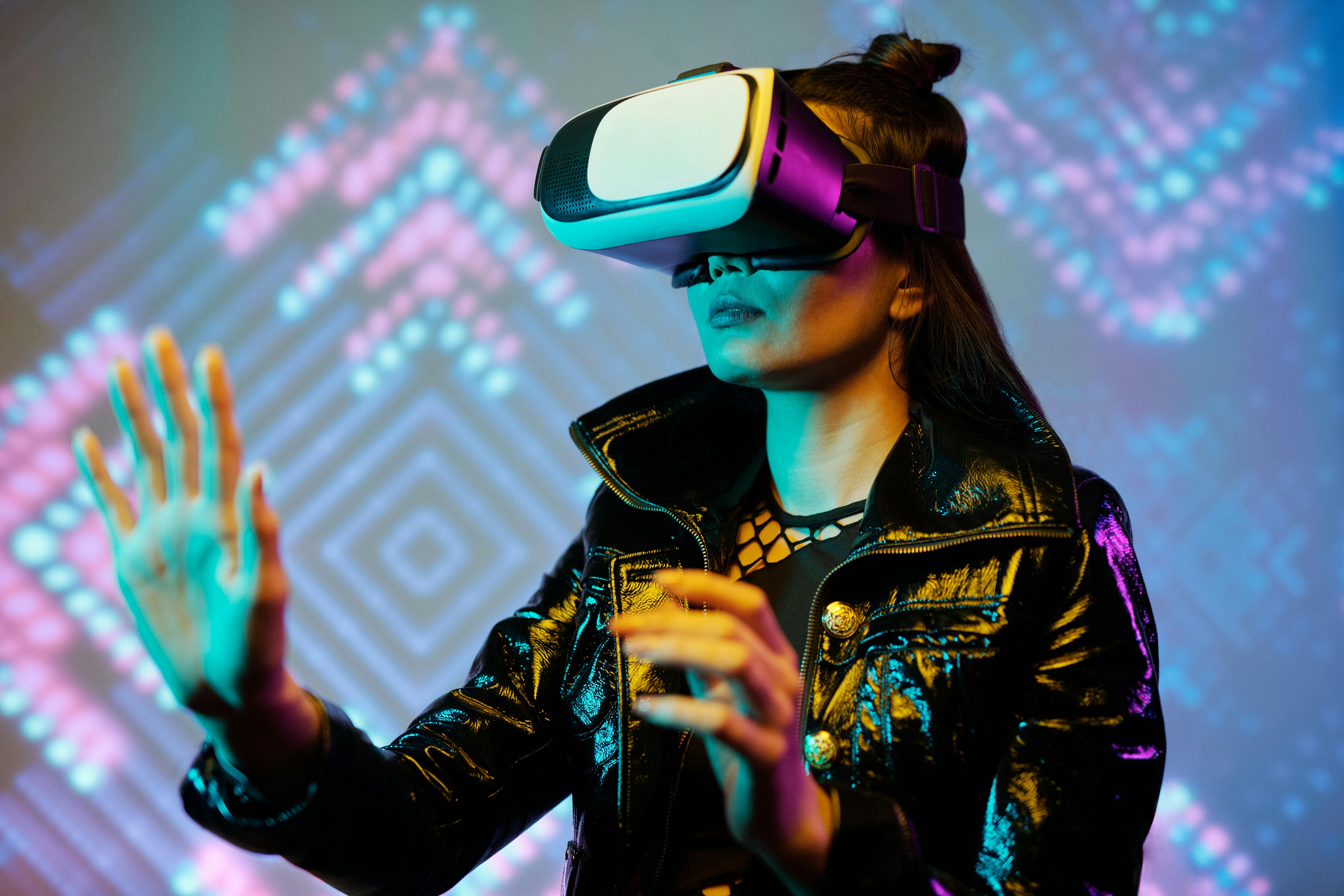Is AR the Future of Productivity? A Deep Dive into Augmented Reality in the Workplace
Welcome to the era where technology is not just a tool—it is an extension of ourselves. In the tech-savvy world, an exciting trend is emerging: Augmented Reality (AR) in the workplace. This isn't a concept from a sci-fi movie—it's here, and it's transforming the way we work. Here, we explore the fascinating world of AR, charting its evolution, current applications, and potential for the future.

An Impressive History: The Rise of AR
Augmented Reality, or AR, has been around for longer than you might think. Its roots can be traced back to the 1960s, when Ivan Sutherland created the first head-mounted display system. However, AR truly started to gain momentum in the late 1990s, with the development of ARToolKit—an open-source computer tracking library. Over the years, AR technology has evolved significantly, paving the way for innovative applications in numerous industries.
Current Applications: From Gaming to Manufacturing
AR leapt into the public consciousness with the launch of Pokémon Go in 2016, but its applications extend far beyond gaming. Today, AR is used in industries as varied as healthcare, retail, and manufacturing. For instance, in healthcare, AR can assist in surgical procedures by providing real-time, 3D visualizations of the patient’s anatomy. In retail, AR allows customers to virtually try on clothes or see how furniture would look in their homes. In manufacturing, AR can provide workers with real-time instructions, increasing efficiency and reducing errors.
The Future is Bright: AR’s Potential Impact
The potential of AR in the workplace is immense. Imagine being able to access real-time data about a project just by looking at it, or having the ability to visualize complex data sets in three dimensions. This could revolutionize professions like architecture, engineering, and data analysis. Moreover, AR can enhance remote work, allowing teams to collaborate in a shared virtual space despite physical distance.
The Cost: AR’s Price Range and Market Impact
While the benefits of AR are clear, it comes with a significant price tag. High-end AR headsets can cost thousands of dollars. However, as the technology becomes more widespread, prices are expected to decrease. The global AR market was valued at $17.67 billion in 2020 and is expected to reach $340.16 billion by 2028, illustrating the significant market impact and potential profitability of this technology.
A Brave New World
Augmented Reality is not just a novelty—it is a transformative technology with the potential to revolutionize the way we work. As we continue to navigate the digital age, AR stands at the forefront of our technological future, promising a more immersive, productive, and exciting work experience.
With a compelling history, a wide range of current applications, and a bright future, AR is a technology to watch. So, the next time you see someone catching a Pokémon on their phone, remember: they’re not just playing a game, they’re participating in a technological revolution.





